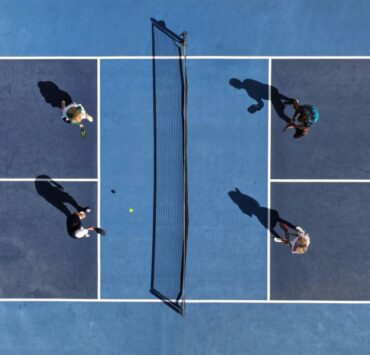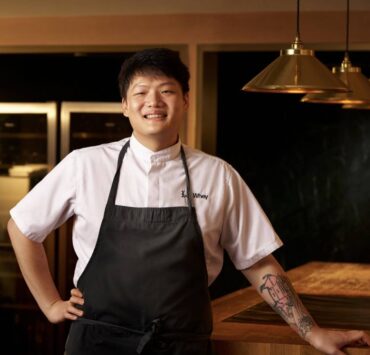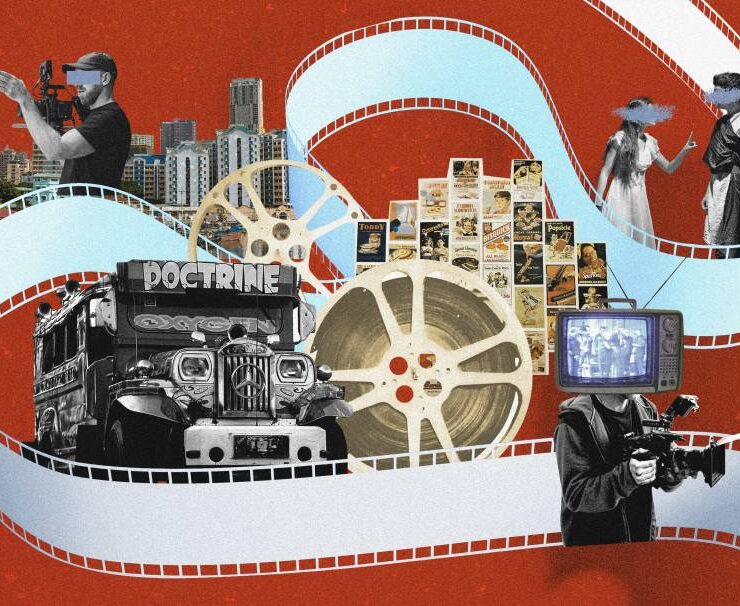The internet’s latest buzzword: recession core
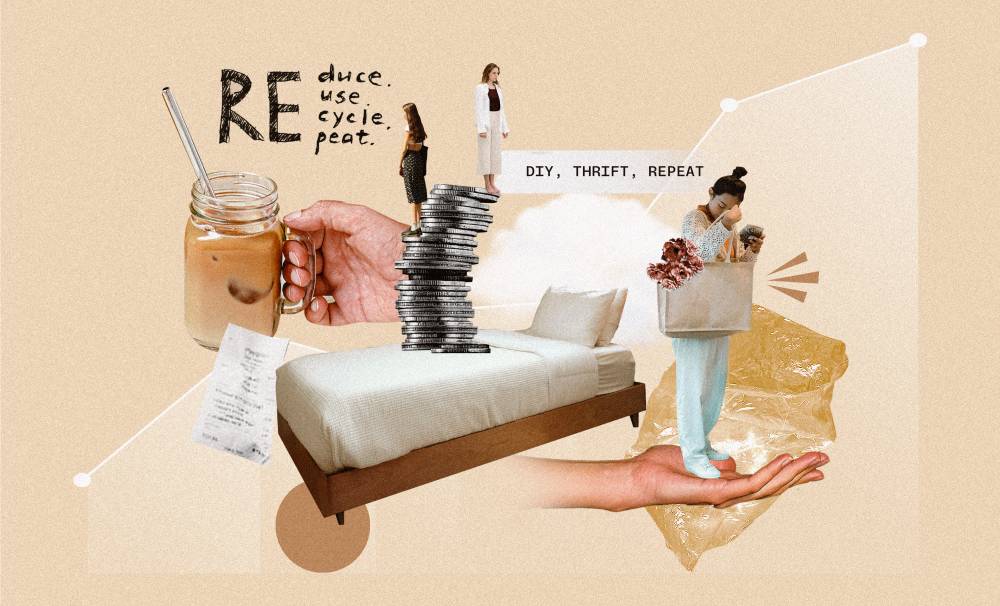
If the internet today is to be believed, most things you see now are recession indicators. Your co-worker’s proclivity toward thrifting, your best friend’s “new” DIY craft hobby, your mom’s knack for repurposing containers, the cool kids in “office chic” vibing at a gig in your favorite bar, and even the blind box charm dangling from your bag.
Everything is a recession indicator, and with social media being the way it is, this phenomenon has been aestheticized into a neat term: recession core.
While the terminology may seem to trivialize the matter, we can’t deny the connection between our current socioeconomic situation and our lifestyles.
When one of my colleagues showed me a post that aggregated videos of people using old sauce jars and mason jars as iced coffee and matcha glasses, all of them excited about this “groundbreaking” idea—one that Asian resourcefulness may have had hundreds of variations of already over the decades—it struck me: Why is the world calling our resourcefulness and sustainable reuse practices a trend?
Not to quote from an influencer, but I have to give credit to the accuracy of YouTuber Ashley Embers’ statement, declared in the form of her video title: “You know we’re cooked when middle class normalities are trending,” she says.
And it’s true.
The core of recession core
We’ve recently seen the rise of “de-influencing,” where influencers push for behavior that’s quite contrary to their entire existence. Instead of swaying their viewers to make more purchases, they’re actually stopping people from making mindless ones.
These types of content could take the tone of “things I’m not buying again,” or even shifting the conversation to things you could just make instead of buy. On one hand, this looks like a win for the advocates of minimal or mindful consumption (and to an extent, sustainability). For others, this shift toward frugality is a mark of a recession.
Described through contemporary parlance, this cultural shift—which responds to global crises—takes on the form of an aesthetic (think the recent rise of balletcore, 2014’s normcore, or the pandemic’s cottagecore). Recession core thus looks like silhouettes that are plain, versatile, and neutral. On the red carpet, this is evident through the lack of jewelry or accessories; on the runway, it is reflected in more structured, corporate-leaning, understated looks.
And though “recession core” in essence has been observed for years—every generation, notably, has its own “recession core” moment—the current wave seems to be more all-encompassing, seen and felt beyond the racks and the runway, extending into the way we look at food and our spaces.
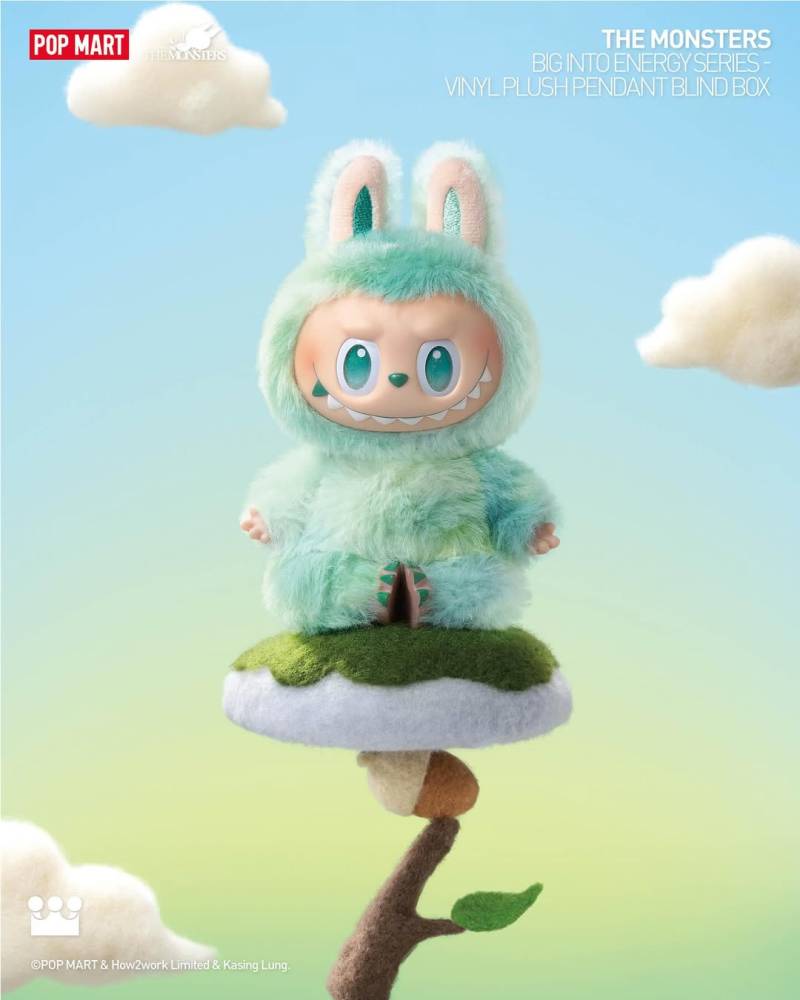
From lipstick to Labubu: a mark of survival
This isn’t the first time we’ve turned to “lifestyle products” to assess the era’s economic health. During the Great Depression, the term “hemline index” was coined, suggesting that when times were good, hemlines ran higher while more trying periods were characterized by longer hemlines. Albeit an informal economic theory, it held water. Post-9/11, it was then called the lipstick effect, popularized by Estee Lauder founder Leonard Lauder, who noted that lipstick sales rose after the 2001 terrorist attacks.
Seemingly unrelated, for sure, but observations on the economy have pointed to a surprising correlation: In times of economic uncertainty, people aren’t going to just stop spending their money altogether. Their purchasing behaviors will simply change, from making big buys to opting for smaller “luxuries.”
The same phenomenon can be observed at present, as we come out of a pandemic and face an impending global recession. We see it in the form of blind boxes.
The new status symbol isn’t the latest designer handbag, it’s the Labubu (or Hirono, or Crybaby, or whathaveyou), hanging from your bag. It’s the Smiski attached to your phone. It could even be the iced matcha latte you’re sipping. All relatively inexpensive (compared to, say, a Chanel), but definitely a mark that you have a bit to spare. That you have some wiggle room of freedom, of agency, of choice.
Some can call it a coping mechanism. But that’s also what recession core is about: It’s not just about simpler silhouettes or muted colors, or reusing your containers or thrifting. Vishakha Punjabi and Siya Bhambwani of Elle India put it perfectly: “It’s not dressing to look rich; it’s dressing like you’ve survived something… This version of the trend is not about hiding hardship behind polish—it’s about wearing your survival strategy in plain sight.”
Now, the prevailing aesthetic isn’t dopamine dressing—not so much covering it all up with mood-boosting colors, patterns, and layers of accessories. This era celebrates showing up naturally—plainly, in pieces that add function to fun. This recession core “aesthetic” isn’t about attempting to look perfectly refined or well-off—it’s about looking like you’re surviving.
And if that looks like gray knits, white shirts, and structured denim, iced coffee (or matcha) in your glass jar, you do you. You’re living, you’re surviving—and that’s a pretty damn good look.














